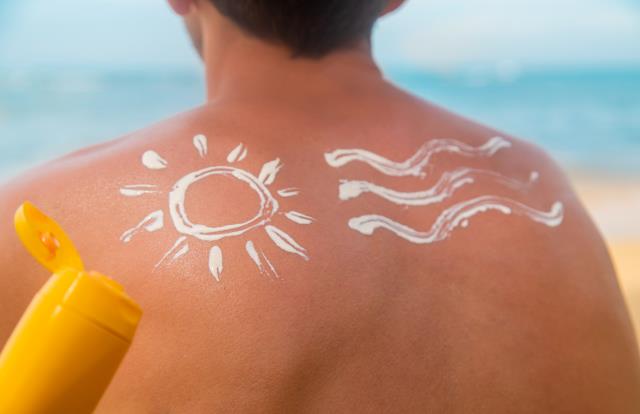
SunSmart is warning all Victorians that ultraviolet radiation (UV) levels are still ‘very high’ and putting people at risk despite the State recording high rainfall and cooler temperatures in the lead up to summer.
UV levels can be high on cool and cloudy days as well as scorching hot days, unfortunately too many Australians rely on the temperature as a guide to when they choose to use sun protection.
Results from the 2019 Summer Sun Protection Survey (Life in Australia) showed just over three in five of respondents used weather forecasts to guide whether they need sun protection for the day, of which temperature was the most commonly used factor.
It is the ultraviolet radiation from the sun, not heat, that causes sunburn, premature ageing, eye and skin damage that can ultimately lead to skin cancer. For this reason, Victorians need to use UV levels to advise their skin protection behaviour.
In Victoria in 2020, there were 2,582 newly diagnosed cases of melanoma and 271 deaths. Overall, melanoma was the fifth ranking new cancer diagnosed in Victoria in 2020.
From the start of November, data from Australian Radiation and Nuclear Protection Safety Agency (ARPANSA) highlighted UV levels have been ‘high’ to ‘very high’ from around 10.00am to 3.30pm each day.
Cancer Council Victoria’s Head of SunSmart, Emma Glassenbury is calling on Victorians to protect their skin by following the important sun protection times (whenever UV levels are three or above) to reduce their risk of skin cancer.
“It would be easy for Victorians to forget the importance of sun protection during the cooler weather, however the high UV levels are an unseen danger when people get skin damage, significantly increasing their risk of developing skin cancer,” Ms Glassenbury said.
“Using sun protection cuts people’s risk of developing skin cancer at any age so it is important for everyone to know when the UV levels are three or higher and they remember to slip, slop, slap, seek and slide whenever going outside.”
UV cannot be seen or felt and it is not like the sun’s light which we see, or the sun’s warmth (infrared radiation) which we feel, so you won’t know UV radiation is damaging our skin until it is too late.
“In the morning when you go to check the weather, make sure you check your local UV levels including sun protection times, you can also find this information on the Bureau of Meteorology’s website and our free SunSmart app,” Ms Glassenbury said.
SunSmart recommends, when UV levels are 3 or higher, people follow all five forms of sun protection which include:
• Slip on clothing that covers as much skin as possible
• Slop on SPF30 (or higher) broad-spectrum, water-resistant sunscreen
• Slap on a broad-brimmed hat that shades the face, ears and neck
• Seek shade
• Slide on sunglasses that meet the Australian Standard for UV protection. For more information visit: www.sunsmart.com.au.






